A snowy princess and dwarfs combine forces once more in the straightforward version of the classic fairy tale. 1910’s favorite Marguerite Clark is the title character, Creighton Hale is the prince and a very young Richard Barthelmess makes an appearance as one of the evil queen’s disguises. Yes, really.
Home Media Availability: Released on DVD and via streaming.
Mirror, Mirror…
Snow White has had many incarnations throughout the history of movies. She has been portrayed as a distressed damsel, a warrior, a feminist, a foil for the Three Stooges… but the most famous version is probably the Walt Disney cartoon.
But do you know why Disney chose Snow White as the story for his first animated feature? For the answer, we need to go back in time to 1916. Young Walt was just shy of fifteen and he went to a movie party sponsored by the Kansas City Star. The film selected for the event was a fairy tale that impressed him enormously and stayed in his mind for decades.
Twenty-one years after seeing that silent fairy tale, Disney’s Snow White and the Seven Dwarfs opened to worldwide acclaim and has since become a pop culture icon. And the movie that young Walt saw? It’s the movie that we are reviewing today, the 1916 version of Snow White.
So, is this movie worth seeing for mere historical value or is it charming entertainment in its own right? It looks like we are going to find out!
I think it’s fairly safe to say that everyone reading this is at least somewhat familiar with the story of Snow White. Wicked step-mothers, magic mirrors, seven dwarfs and true love’s kiss. This version of the story is based on the musical stage play by Winthrop Ames (under the pseudonym of Jessie Braham White). I believe the best way to cover the plot is to focus on the ways it diverges from the traditional tale.
Snow White (Marguerite Clark) is forced to work in the kitchen by her statuesque step-mother, Queen Brangomar (Dorothy Cumming, who was wonderful as Lillian Gish’s nemesis in The Wind). Snow White doesn’t seem to be taking the situation too badly, all told, and she even finds time to visit the Huntsman (Lionel Braham) and his children. During one of these visits, she meets Prince Florimond (Creighton Hale), her cousin and heir to the throne of a neighboring nation.
Introducing the prince and love interest early tidily sets up the ending and removes the rather icky prospect of our heroine marrying the random guy who saw her in a coffin and thought it would be a swell idea to kiss a corpse. It is also the path that nearly every other Snow White adaptation has taken. Indiscriminate necrophiliacs do not, generally speaking, make the best husbands.
The Queen has set her own cap for Florimond (a plot element that would be revived in the much maligned Mirror, Mirror) and his declarations of love for Snow White infuriate her. Plus, the Queen’s beauty is owed to Witch Hex (Alice Washburn) and Hex has asked for Snow White’s heart as payment. Maiden hearts are an ideal cure for baldness, it seems, and Hex is as bald as a coot. The “mirror, mirror in my hand” plot element is only used twice and is not presented as the catalyst for the Queen’s murderous intentions. Instead, the film heavily hints that it is the Queen’s desire for Florimond that motivates her. This would be very much in keeping with the vamp trend that was so popular with films of the period.
The Huntsman is blackmailed into going along with the scheme with some threats against his children but, of course, he cannot go through with killing Snow White. Cue the dwarfs!
The rhyming-name dwarfs mine precious stones as their profession. (The mine scene is the clearest parallel between this version and the Disney incarnation. Heigh-ho! There is also a reluctant dwarf-bathing scene.) They take in Snow White and all seems well but we all know what comes next.
Hex makes a hair-growth potion out of the heart given to her by the Huntsman but grows piggy tails instead of hair (very gross scene) and realizes the trick. The Queen imprisons the Huntsman but he escapes along with his children and rushes off to find Prince Florimond.
Hex helps the Queen disguise herself as a peddler and then as a very young and heavily made-up Richard Barthelmess. Snow White falls for every disguise and soon is in that glass coffin. Will Florimond save her? Of course he will!
Marguerite Clark is not a famous name these days, even to silent film fans, but she was a popular star of the stage and screen. By the mid-1910s, stage actors were beginning to realize that movies were there to stay and that they offered high salaries and regular work. However, many stage stars discovered that making the jump to movies was not as easy as it looked. The grand, wide gestures that had inspired standing ovations in the theater looked ridiculous when magnified on the screen.
Marguerite Clark’s success was due to her instinctive grasp of film acting and a spirited charm that proved to be just what audiences of the ‘teens wanted. She is a perfect Snow White. Sweet but not cloying, spunky but not coarse, good-natured and good-humored. Her gestures are slightly exaggerated (this is a fantasy after all) but have a restrained elegance, especially compared to other stage imports like Fannie Ward.
The look of the film is very much of its time. The costumes are the same hodge-podge of eras that was so typical of fairy tale design of the era. The wicked queen is done up in Anglo-Saxon (ish) fashion, her court is attired simultaneously in the Plantagenet, Tudor and Georgian modes, Florimond goes between Plantagenet and Georgian (what’s 300 or so years between friends?), the Huntsman is Elizabethan, and Snow White wears the kind of simple waif frocks that every petite leading lady of the 1910s was expected to don at least once. This style mishmash was also present in the published version of the original play (the illustrations are copied virtually thread for thread) and in Disney’s animated film. I probably shouldn’t be so picky, though. After all, the forest is also occupied by lions so there’s no telling where we are supposed to be.
Most of the original play takes place in either the palace or the cottage of the seven dwarfs. The filmmakers made the wise decision of “opening up” the play by inserting scenes of Snow White in fields, forests and at the Huntsman’s house. As was typical in films of this era, the outdoor scenes are very natural and have a rich, sunlit appearance. The scenes in the palace are more formal and artificial but that stands to reason, doesn’t it?
The story of Snow White is played very straight. There are no real twists or turns. It is, as advertised, the film version of the famous fairy tale. Definitely aimed at children, it is a slick and charming production but has very little depth. The ending is as sweet as can be, with Snow White and Florimond engaged, the evil queen forgiven for her wickedness and everyone happy and smiling.
The film was thought lost for many years before turning up in a Dutch archive and it is missing fairly significant portions of footage. However, the story is rather easy to follow because it is so familiar.
I do have to issue one complaint. Like other silent films based on popular stage properties, the filmmakers seemed hesitant to cut down the dialogue. As a result, there are a lot of title cards in the film, far more than was usual for films of the period. This is an issue since the film is so short and the story so well-known that the cards really start to be an annoyance after a while.
That being said, Snow White set out to be an enjoyable film aimed at children and it succeeds in doing this, nothing more and nothing less. While not a masterpiece, it is charming, especially for younger viewers.
Movies Silently’s Score: ★★★
Where can I see it?
Snow White was released on DVD as part of the Treasures From American Film Archives box set. That set is currently out of print but is available used. The National Film Preservation Foundation has since made the film available for free and legal streaming in their screening room.
☙❦❧
Like what you’re reading? Please consider sponsoring me on Patreon. All patrons will get early previews of upcoming features, exclusive polls and other goodies.
Disclosure: Some links included in this post may be affiliate links to products sold by Amazon and as an Amazon Associate I earn from qualifying purchases.

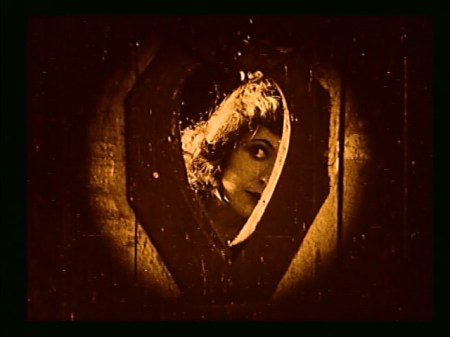
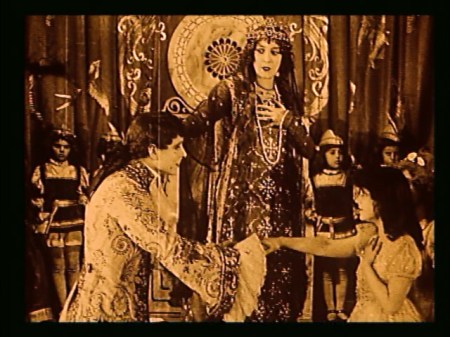
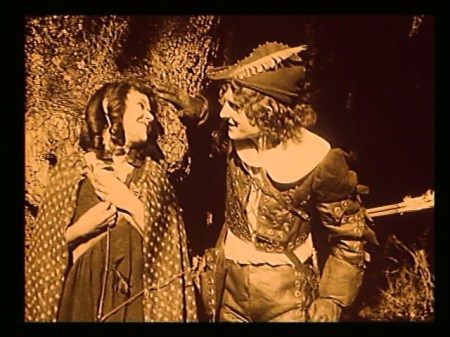


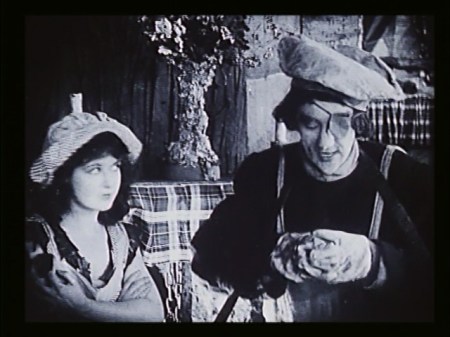
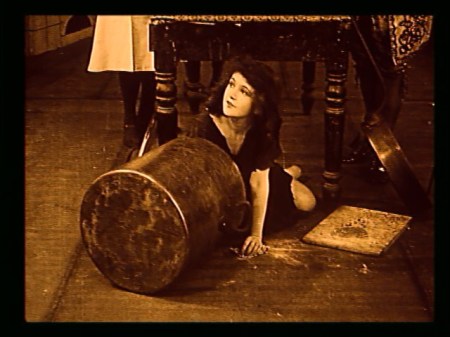

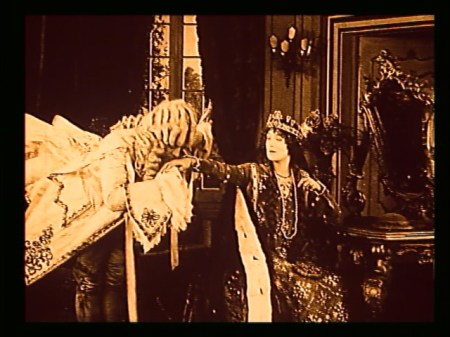
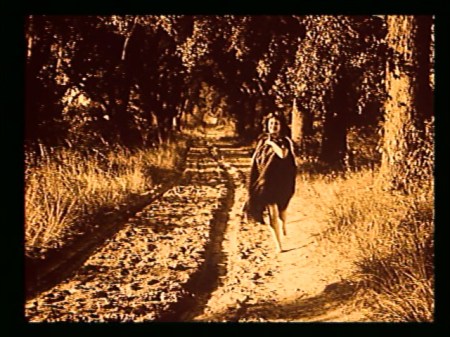
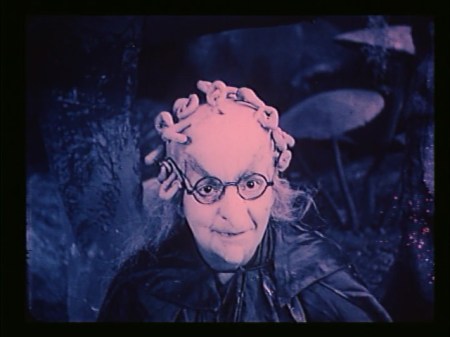

Great write-up. I didn’t know that this version inspired Disney.
Thanks so much! Yes, I didn’t know either until I started doing research for the review.
I found this version of Snow White to be charming in its own right. In fact, the Disney version takes a few elements from this one: a shot of Snow White peering into the dwarves’ cottage, for instance.
Yes, it clearly made quite an impression on young Walt.
Enchanting. Interesting the effect it clearly had on Disney. Did you know, by the way, that tweets we send from your posts no longer include your twitter name? I hope you can add it back.
Thanks! Yes, I noticed that with some other posts and I am trying to fix it. I really appreciate your support!